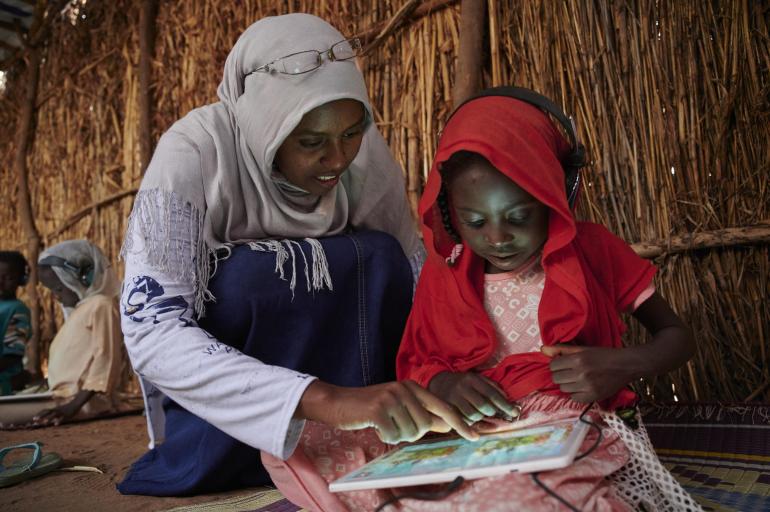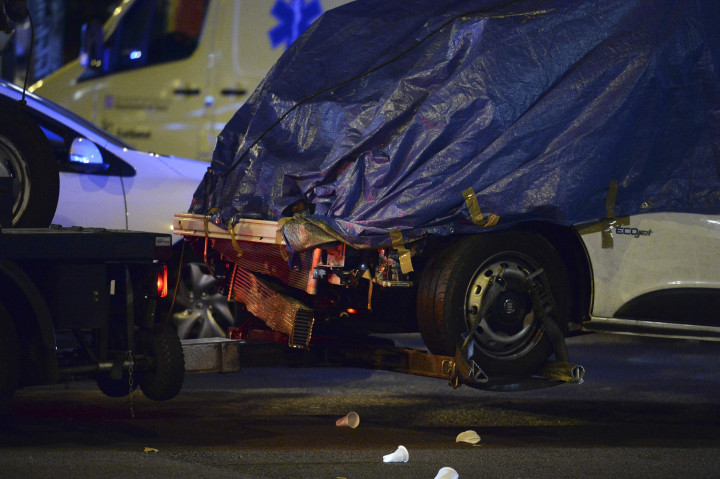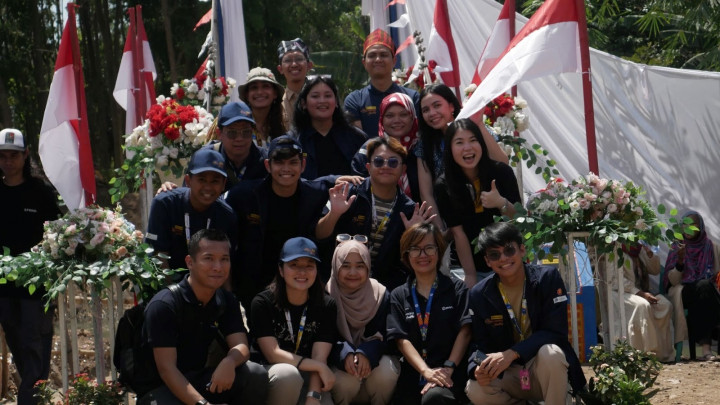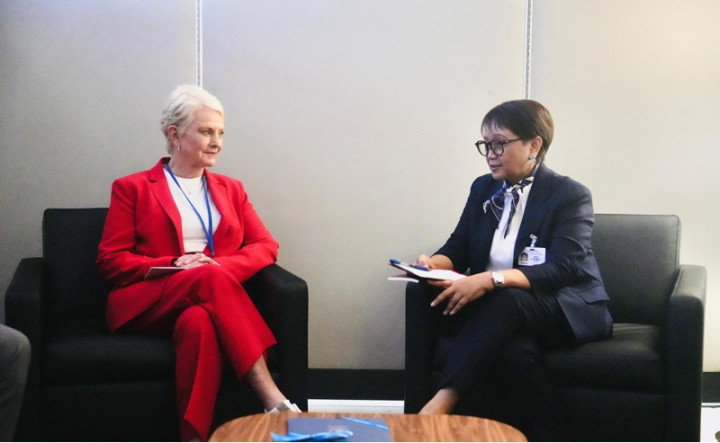Prioritizing Learning During COVID-19 presents the latest data on the impact of school closures on children.
Estimates suggest that without urgent action, a Grade 3 child who has lost one year of schooling during the pandemic could lose up to three years’ worth of learning in the long run.
"Learning losses due to school closures are one of the biggest global threats to medium- and long-term recovery from COVID-19. The evidence tells us that schools need to reopen and be kept open as far as possible, and steps need to be taken in reintegrating children back into the school system," said Abhijit Banerjee, co-chair of the GEAAP in a press release on Wednesday.
Dr. Banerjee, who shared the 2019 economics Nobel Prize in part for his work in education, is one of the 15 education experts from around the world who produced the second annual GEAAP report.
Severe Economic Cost of Lost Learning
A recent estimation predicts a USD $17 trillion loss in lifetime earnings among today’s generation of schoolchildren if corrective action is not urgently taken."While many other sectors have rebounded when lockdowns ease, the damage to children’s education is likely to reduce children’s wellbeing, including mental health, and productivity for decades, making education disruption one of the biggest threats to medium- and long-term recovery from COVID-19 unless governments act swiftly," said Kwame Akyeampong, Panel co-chair.
Low- and middle-income countries and children from lower socioeconomic backgrounds have been the hardest hit, the report notes.
Schools have, on average, been closed for longer than in high-income countries, students have had less or no access to technology during school closures, and there has been less adaptation to the challenges of the crisis.
Evidence is mounting of the low effectiveness of remote learning efforts. In Sao Paolo, Brazil, for example, Grade 5 students in remote classes learned nearly 75 per cent less and were 2.5 times more likely to drop out.
Emerging data on learning loss shows Grade 4 students in South Africa having lost at least 62 per cent of a year of learning due to school closures, and students in rural Karnataka, India, are estimated to have lost a full year.
The increase in education inequality that COVID-19 has created, across and within countries, is not only a problem in its own right; varied learning levels in the classroom makes it more difficult for teachers to help most students catch up, especially the most marginalized.
"While schools must be the first to open as restrictions are lifted, recovering the loss that children have experienced requires far more than simply reopening classrooms. Schoolchildren need intensive support to get back on track, teachers need access to quality training and resources, and education systems need to be transformed," said Robert Jenkins, UNICEF Director of Education.
Cek Berita dan Artikel yang lain di Google News



















